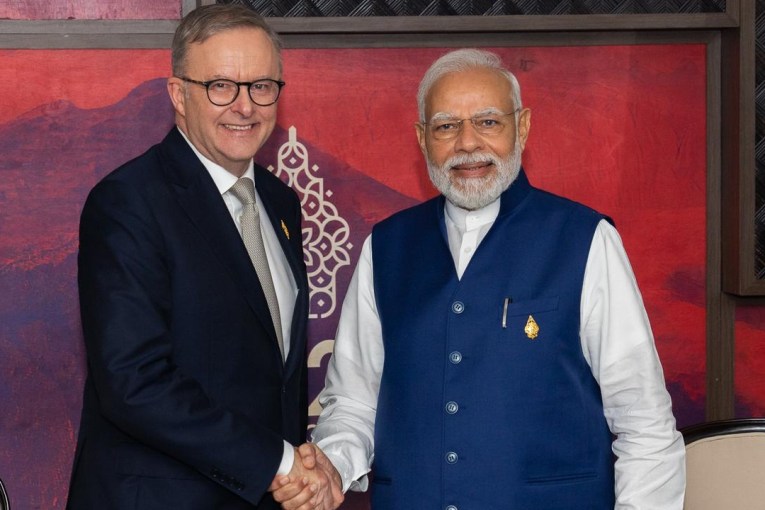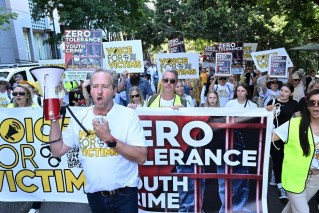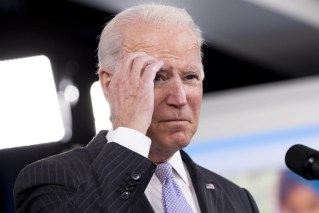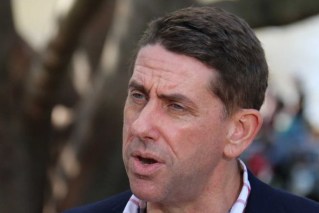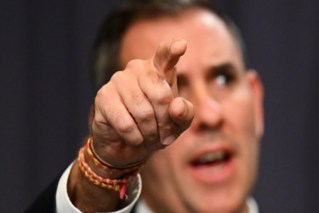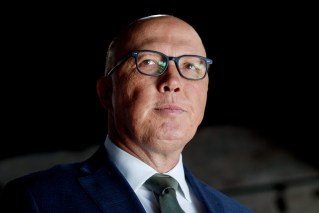Jobs surge as Queensland unemployment rate hits lowest level in 12 years
More than 366,000 jobs were created in November as the end of lockdowns in southern states created a massive employment surge and led Queensland to its lowest level of unemployment since 2009.

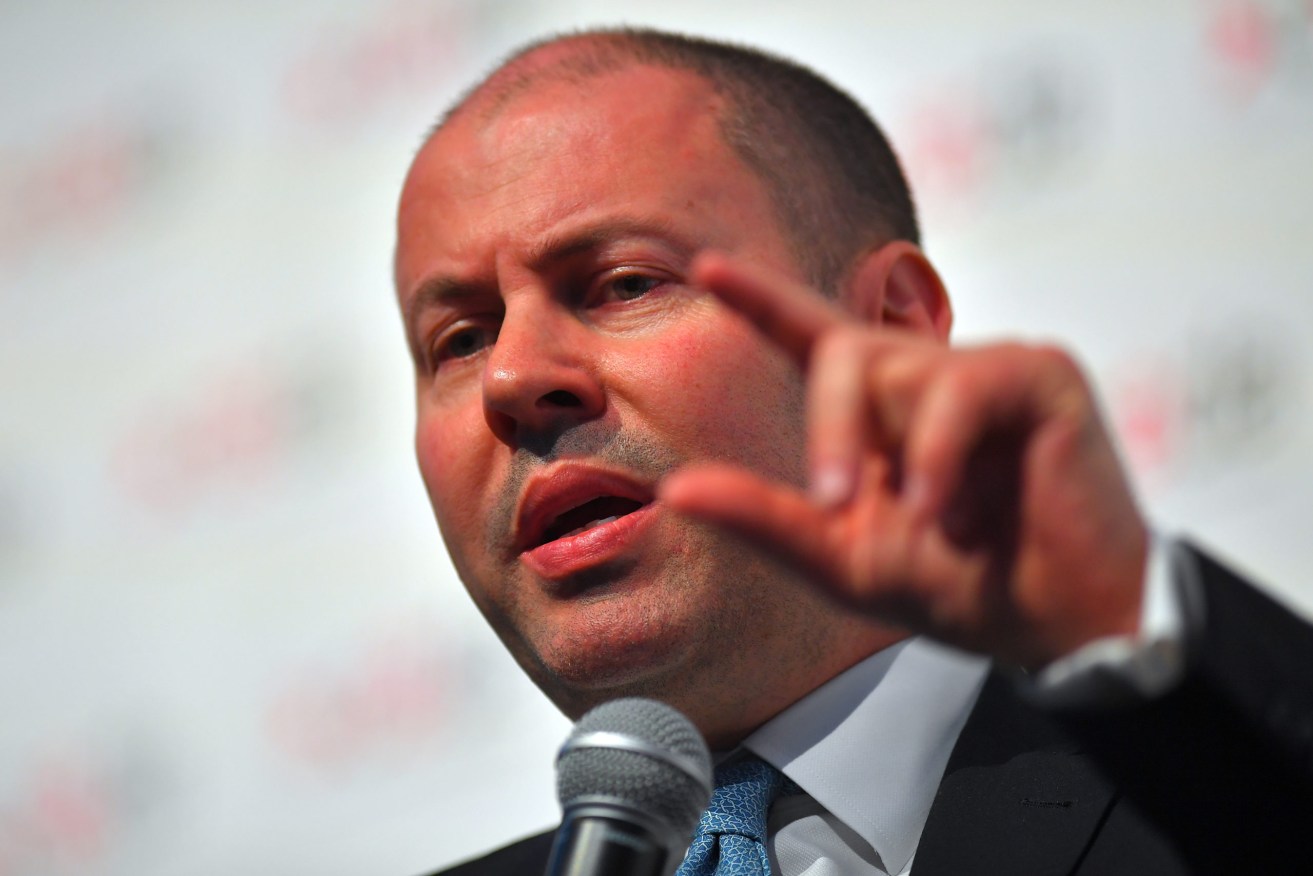
Federal Treasurer Josh Frydenberg (Photo: Steven Saphore/AAP PHOTOS)
It came as Treasurer Josh Frydenberg vowed to create 0ne million more jobs over the next four years.
The Australian Bureau of Statistics jobs data showed the national unemployment at 4.6 per cent and Queensland’s at 4.8 per cent.
About 15,000 jobs were created in Queensland in November and while the jobless rate for the state was low it was also the second-worst in Australia, beaten only by Tasmania. The ACT has the best at 3.8 per cent.
Fulltime jobs also fell by 3000 in Queensland.
EY chief exonomist Jo Masters said the data “had everything you want – jump in a employment, participation & hours worked, and a fall in the unemployment rate to 4.6 per cent.
“Encouragingly, today’s data suggests that the so-called ‘Great Resignation’ has not hit our shores,” she said.
The ABS head of labour force statistics, Bjorn Jarvis, said the rapid recovery in employment and participation between October and November was underpinned by a large number of people remaining attached to their job through the Delta lockdowns.
“Most people remained attached to their job through the Delta lockdowns and to a greater extent than we saw earlier in the pandemic,” Mr Jarvis said. “This job attachment meant, as restrictions were eased, many people were able to quickly return to work,” he said.
During the pandemic, changes in employment and participation have been particularly large for 15 to 24 year olds. In November, youth employment rose by 123,000 people, around one third of the total increase. The youth participation rate increased by 3.7 percentage points to 70.1 per cent, the highest it had been since March 2009.
Deloitte Access Economics said the improving economy meant deficits would have improved by $103 billion over the four-year budget estimates.
This would see the 2021/22 budget deficit reduced to $91.1 billion from $106.6 billion forecast in the May budget, and to $61.8 billion in 2022/23 rather than $99.3 billion.
The mid-year economic review from the Federal Government will be released this afternoon and would be Frydenberg’s last major economic showpiece should Prime Minister Scott Morrison head to the polls in March rather than May, and before the 2022/23 budget planned for March 29.
Frydenberg said Treasury has estimated about one million jobs will be created over the next four years.
“Saving jobs and creating jobs is a top economic priority,” he said.
“It’s a pathway to a stronger economy, an improved budget bottom line while being fundamental to a healthy and prosperous society.”
Labor frontbencher Tanya Plibersek pushed back against the estimated jobs figure saying there was no use in creating one million jobs if there are no skilled workers to fill the positions, imploring the treasurer to invest further in tertiary education.
Former Labor leader Bill Shorten added that any wage increase announcement must be taken with a large grain of salt.
“Mr Frydenberg is telling some Christmas fairytales about wages,” he told the Nine Network.
“For the last eight years wages have basically been in the toilet, they haven’t increased at all. Whenever the government says they are going to go up, they don’t go as far up as the government promises.”
Frydenberg is touting a new wave of economic activity off the back of tax cuts and business investment incentives as the baton is passed to the private sector to create more jobs and secure the recovery.
“Business and consumer confidence is up, job ads are at the highest level in 13 years,” he told the Seven Network.
“(There’s) very strong investment coming from businesses big and small – a sign that people have confidence in our economic recovery.”
Forecasts in the mid-year economic and fiscal outlook are expected to see the unemployment rate cut to 4.5 per cent by the June quarter of next year compared to the estimate of five per cent in the May budget.
By the June quarter 2023 it is estimated to be 4.25 per cent rather than the 4.75 per cent predicted seven months ago.
If achieved, this would represent the first time since before the 2008-2009 Global Financial Crisis that Australia has sustained an unemployment rate of below five per cent, and only the second time since the early 1970s.
